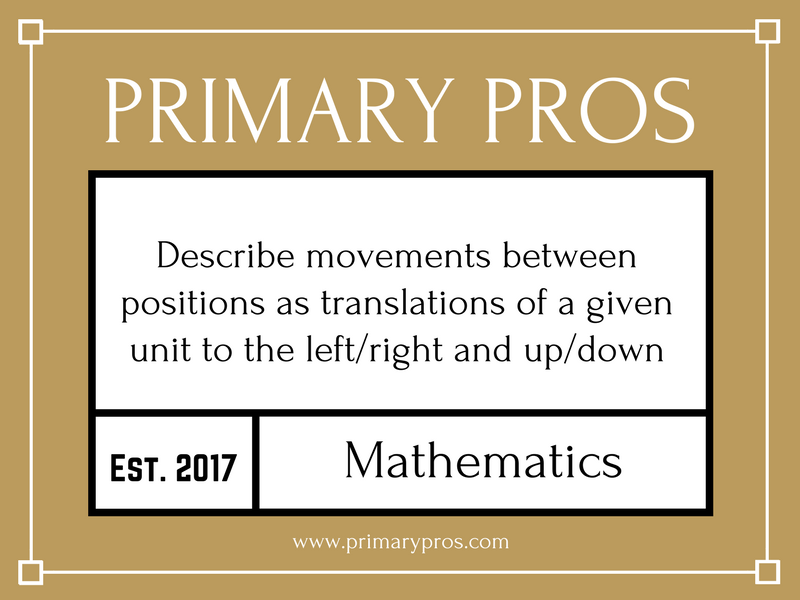Primary Pros
Primary Pros is a small team that creates high quality Key Stage 2 resources for all teachers, new and old. We strive to create work that is of outstanding quality, exceptionally intuitive and of immense help to children. Within our resources, we always include differentiated success criteria, learning objectives and animated countdown timers so that your children know the skill they are trying to learn, how they know they are achieving it and how long they have left to do so.
























